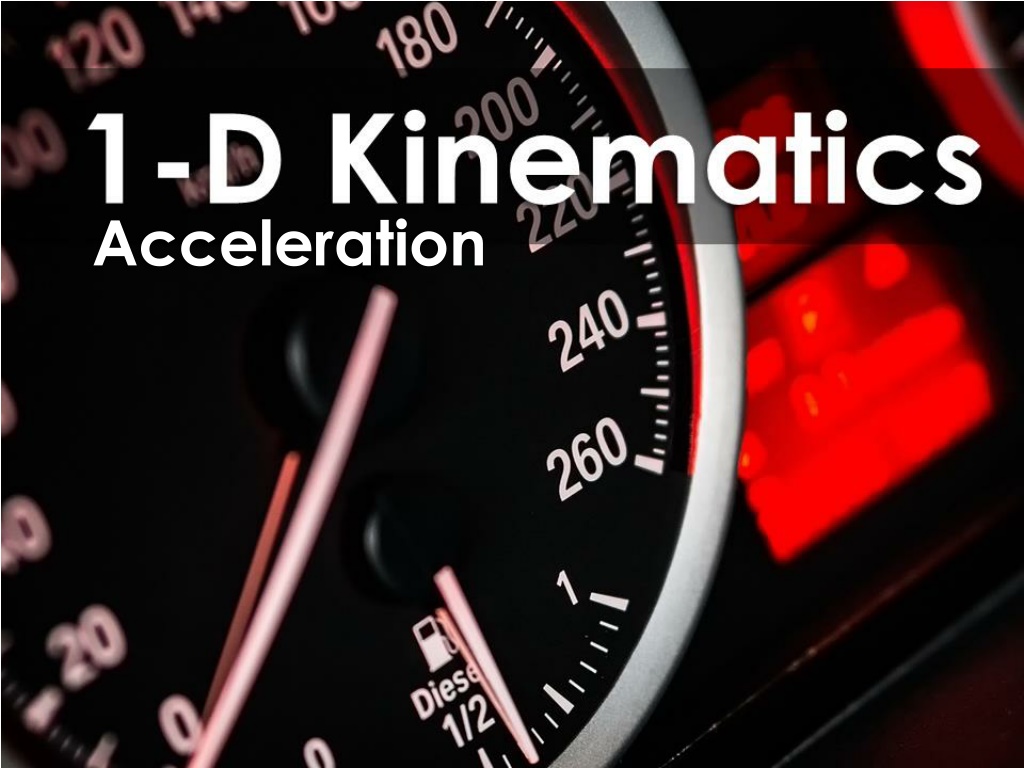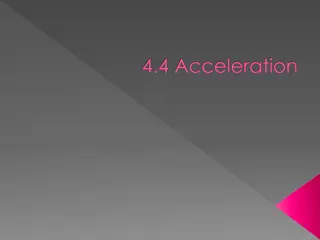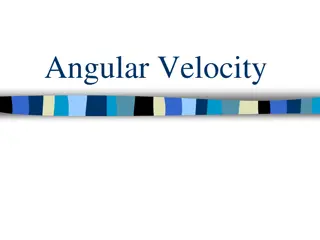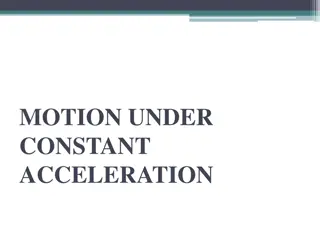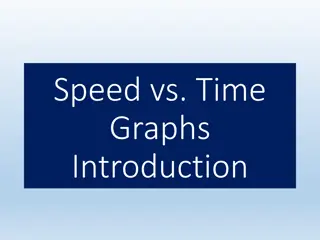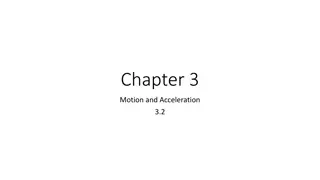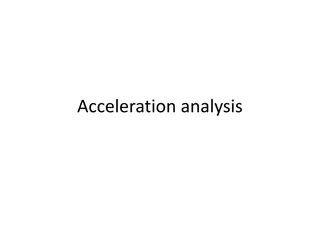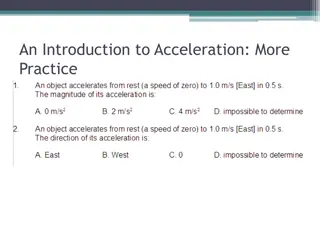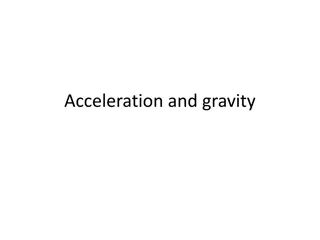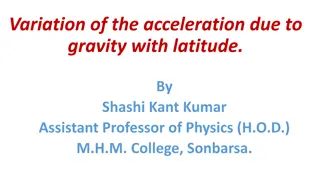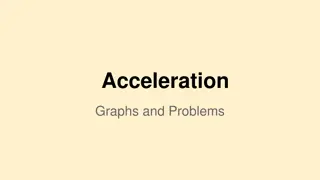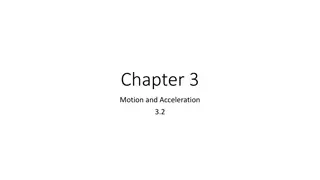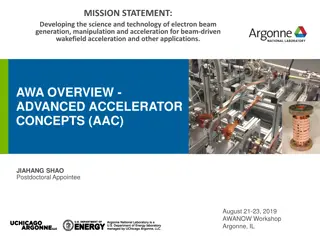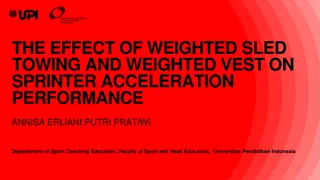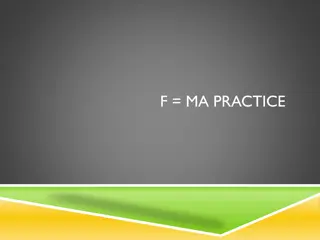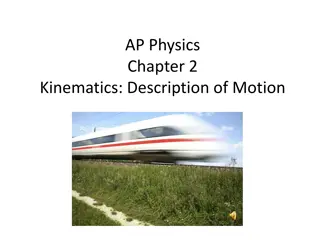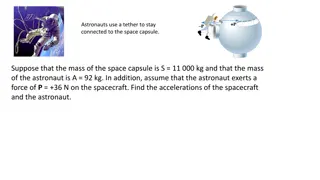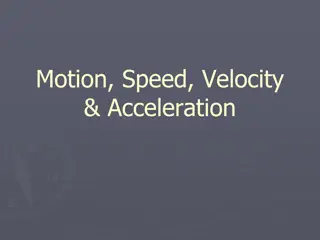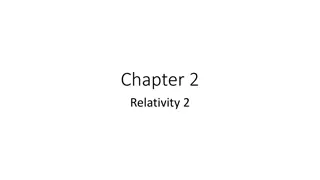Acceleration Concepts
Acceleration is defined as the rate of change of velocity, indicating how quickly an object's velocity changes. Learn about units of acceleration, direction conventions, and solve acceleration problems with examples provided.
Download Presentation

Please find below an Image/Link to download the presentation.
The content on the website is provided AS IS for your information and personal use only. It may not be sold, licensed, or shared on other websites without obtaining consent from the author.If you encounter any issues during the download, it is possible that the publisher has removed the file from their server.
You are allowed to download the files provided on this website for personal or commercial use, subject to the condition that they are used lawfully. All files are the property of their respective owners.
The content on the website is provided AS IS for your information and personal use only. It may not be sold, licensed, or shared on other websites without obtaining consent from the author.
E N D
Presentation Transcript
Acceleration Acceleration is defined at the rate of change of velocity. It is how quickly an object s velocity changes. ? = ?2 ?1 ?2 ?1 Or, more simply: ? = ? ?
Acceleration Acceleration is defined at the rate of change of velocity. It is how quickly an object s velocity changes. ? = ?2 ?1 ?2 ?1 Or, more simply: ? = ? ?
Acceleration Unit Analysis ? ? ? ? 1 ? ? ? ? ?= ? = ?2 ?1 ?2 ?1 ? Units =? ? =? ?2 2 The units of acceleration are ? ? Meters per second squared
Acceleration The units of acceleration may look odd at first. Meters per second squared, ?/??. This is a shorter way of writing meters per second per second. Acceleration is the rate of change of velocity: how much the velocity (m/s) changes every second. Acceleration takes it direction from the change in velocity. Since the initial velocity and the final velocity could be in different directions, it is important to define which direction is the positive direction.
Acceleration Forward is typically positive and backwards is negative. Using a compass, typically North and East are positive directions and South and West are the negative directions. You do not need to always use this convention; for some problems it would be logical to set South or West to be positive. N + W + E S
Acceleration To solve an acceleration problem, you will need to know 3 values to solve for the fourth. Look out for key phrases like from rest or to a stop these tell the velocity without using values. Example 1 A horse begins a race from rest with an acceleration of 2.2 m/s2 [N]. What is the horse s velocity after 5.8 seconds?
Acceleration Example 1 ? = 2.2?/?2[?] ?1= 0?/? ? = 5.8? ?2= ? ? =?2 ?1 ? ? ? = ?2 ?1 ? ? + ?1= ?2 2.2? ?2? 5.8? +0? 12.76? ? The final velocity is about 13m/s [N]. = ?2 ? ? = ?2
Acceleration Example 2 A hockey puck, with an initial velocity of 65 km/h [W], ricochets off the boards. After 0.76s in contact with the boards, its final velocity is 47 km/h [E]. Determine the acceleration of the puck.
Acceleration Example 2 Let [E] be positive. ?1=65?? ?2=47?? ? = 0.76? ? = ? ? = ?2 ?1 ? 13.0 5? 3600?=18.0 5? 1 3600?=13.0 5? ? 1000? 1 ? 1?? ? ? 1000? ? 1?? ? The acceleration is about 41?/?2 [E]. ? 18.0 5? 0.76? ? ? = ? = 40.9? ?2 Positive means [E]
